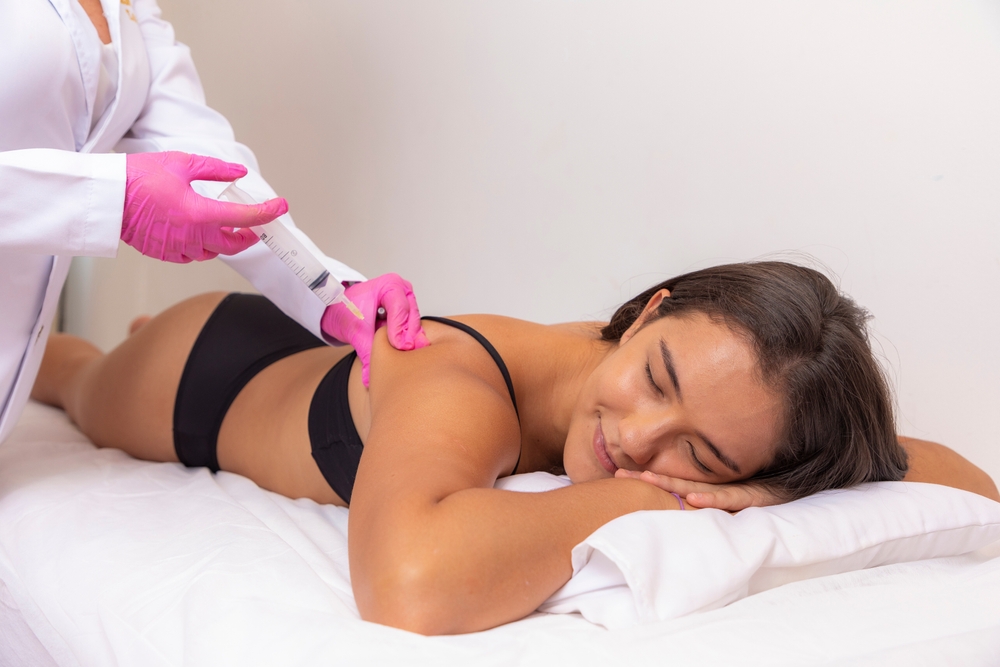
Ozone therapy is a modern treatment method used in medical aesthetics and dermatology to improve skin health, support detoxification, and enhance overall well-being. By utilizing the powerful oxidative properties of ozone, the body's natural healing processes are supported.
Ozone therapy involves the use of ozone gas, composed of three oxygen atoms, for medical purposes. Ozone is a powerful oxidative agent. Its effects speed up cellular-level healing processes in the body. With ozone support, the body fights infections more effectively and enhances detoxification. Ozone therapy can be applied through various methods:
Ozone therapy increases oxygen levels in the body, promoting cellular regeneration and strengthening the immune system. Its main benefits include:
Ozone therapy reduces infections and inflammation in the skin, accelerates wound healing, and strengthens the immune system. It helps fight infections, reduces signs of aging by minimizing free radical damage, and boosts cellular energy production, improving overall health.
The primary substance used during ozone therapy is ozone gas. Ozone is produced using medical ozone generators and used in appropriate doses. Additionally, anticoagulants may be involved during blood ozonation.
Before ozone therapy, a consultation is conducted to provide information about ozone, listen to the patient's expectations and complaints, and evaluate their health condition to select the appropriate ozone therapy method.
For major autohemotherapy, blood is taken from the patient, enriched with ozone, and reinfused into the body. The procedure typically takes 30-60 minutes and is performed by an experienced healthcare professional. Patients can resume their daily activities immediately after the procedure.
After ozone therapy, the skin often appears revitalized, with noticeable brightness and radiance. There may be slight swelling or bruising post-procedure, but these symptoms usually resolve within a few days. The effects of ozone therapy vary depending on the individual's lifestyle and general health. Regular sessions help achieve more lasting and permanent results.
Ozone therapy is used to treat various health issues by administering ozone gas for medical purposes. Key treatments suitable for ozone include:
In some cases, ozone therapy is not recommended. For instance, it is contraindicated in individuals with hyperthyroidism, bleeding disorders, active cancer, and autoimmune diseases. Additionally, ozone therapy should be avoided during pregnancy. It is essential for individuals considering ozone therapy to consult a healthcare professional. For ozone therapy, you can contact EMPCLINICS.
First, remember that the body needs rest after treatment. Avoid heavy exercise and ensure adequate sleep to help your body recover. Resting allows cells to regenerate and the body to recover. Drinking plenty of water plays a critical role in this process, aiding detoxification by helping flush out toxins. Drinking at least 2-3 liters of water daily enhances the positive effects of the treatment.
A healthy and balanced diet supports the body's recovery process. Consuming foods rich in antioxidants helps protect cells from oxidative stress. Green leafy vegetables, fruits, and whole grains are recommended foods during this period.
Your doctor may adjust the treatment plan based on your response to therapy. Stress management is another important aspect to consider after treatment.
In medical aesthetics and dermatology, ozone therapy is an effective and safe method used to improve skin health, support detoxification, and enhance overall health. This method is preferred for its rapid results and low risk, providing successful outcomes in various aesthetic and health issues. For detailed information about ozone therapy, you can contact EMPCLINICS, one of the leading institutions in the healthcare sector.
The frequency of ozone therapy sessions depends on the condition being treated and the patient's overall health. Initially, 1-3 sessions per week are often recommended, with the frequency reduced as the treatment progresses. For some chronic conditions, regular maintenance sessions (e.g., monthly) may be necessary. The treatment plan is personalized and determined by the doctor.
Ozone therapy can be administered through different methods. One of the most common methods is ozonated blood therapy, where the patient's blood is taken, mixed with ozone, and reinfused into the body. Other methods include ozone sauna (exposing the body to ozone gas), rectal ozone insufflation, and topical ozone applications (e.g., treating skin wounds). The treatment method is determined based on the patient's needs and the condition being treated.
Ozone therapy can be used to treat various diseases. It is effective for chronic fatigue syndrome, fibromyalgia, infections (bacterial, viral, and fungal), diabetes, cardiovascular diseases, and certain skin conditions (e.g., eczema and psoriasis). It can also be used to strengthen the immune system and improve overall health. The treatment works by increasing the body's oxygen utilization and reducing inflammation.